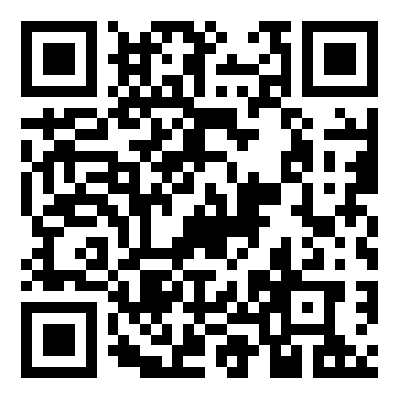Filamentation activates bacterial Avs5 antiviral protein
Yiqun Wang1 , Yuqing Tian1 , Xu Yang 1 , Feng Yu1 & Jianting Zheng 1,2
Abstract:Bacterial antiviral STANDs (Avs) are evolutionarily related to the nucleotide binding oligomerization domain (NOD)-like receptors widely distributed in immune systems across animals and plants. EfAvs5, a type 5 Avs from Escherichia fergusonii, contains an N-terminal SIR2 effector domain, a NOD, and a C-terminal sensor domain, conferring protection against diverse phage invasions. Despite the established roles of SIR2 and STAND in prokaryotic and eukaryotic immunity, the mechanism underlying their collaboration remains unclear. Here we present cryo-EM structures of EfAvs5 fifilaments, elucidating the mechanisms of dimerization, fifilamentation, fifilament bundling, ATP binding, and NAD+ hydrolysis, all of which are crucial for anti-phage defense. The SIR2 and NOD domains engage in intra- and inter-dimer interaction to form an individual fifilament, while the outward C-terminal sensor domains contribute to bundle formation. Filamentation potentially stabilizes the dimeric SIR2 confifiguration, thereby activating the NADase activity of EfAvs5. Furthermore, we identify the nucleotide kinase gp1.7 of phage T7 as an activator of EfAvs5, demonstrating its ability to induce fifilamentation and NADase activity. Together, we uncover the fifilament assembly of Avs5 as a unique mechanism to switch enzyme activities and perform anti-phage defenses.
详情请见:https://doi.org/10.1038/s41467-025-57732-7
在该研究中圣尔生物Anti-Flag COIP磁珠用于免疫共沉淀实验
Co-immunoprecipitation assay
Overnight cultures of E. coli MG1655 expressing FLAG-tagged EfAvs5 were diluted 1:100 in 50 mL LB with 0.5% L-arabinose, grown to OD600 of 0.5, and infected with phage T7 at an MOI of 5. After 20 minutes, cultures were centrifuged, resuspended and lysed in RIPA buffer and then centrifuged to 10,000 ×g for 10 minutes at 4 °C to remove cellular debris. The 500 μL supernatant was mixed with 10 μL Anti-Flag Magnetic Beads (ShareBio, SB-PR002) overnight at 4 °C with rotation. After 4 washes in PBST (PBS + 1% Triton X-100), beads were resuspended in 50 μL glycine HCl, pH3.0 for 5 minutes.





